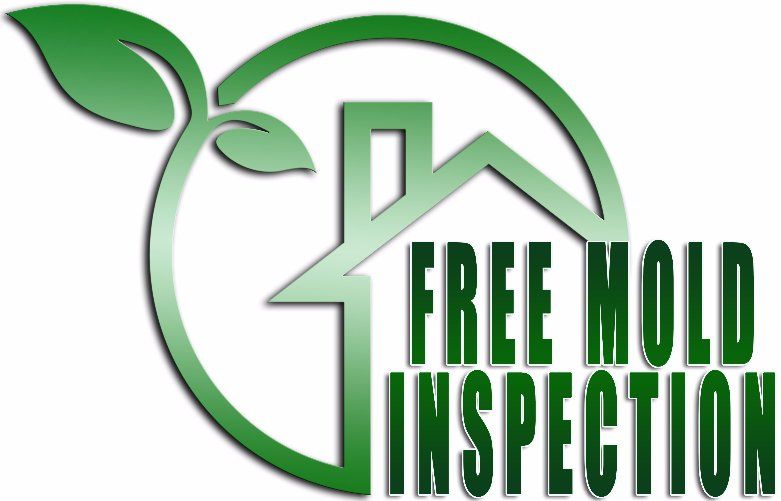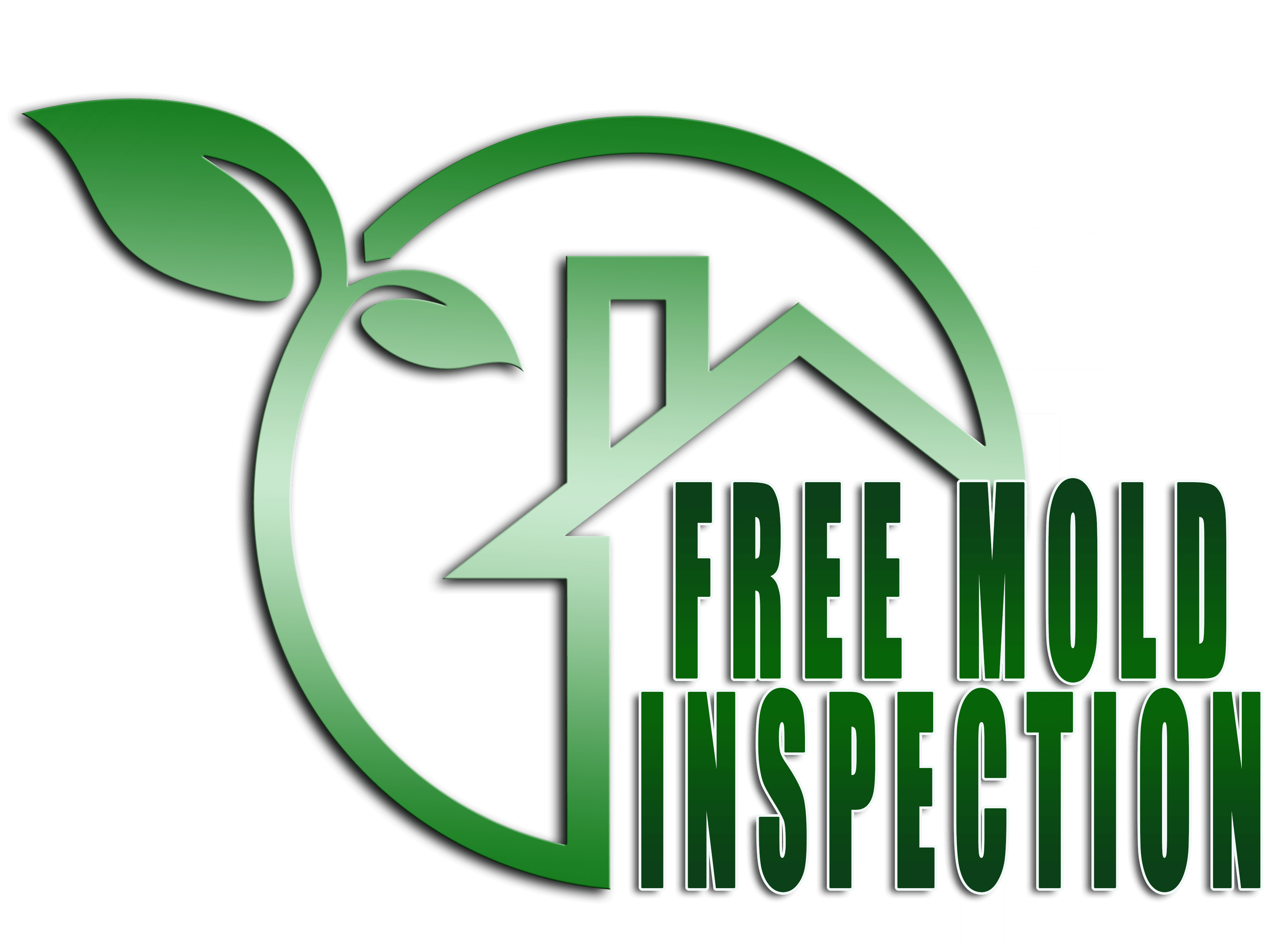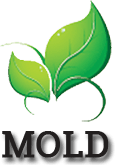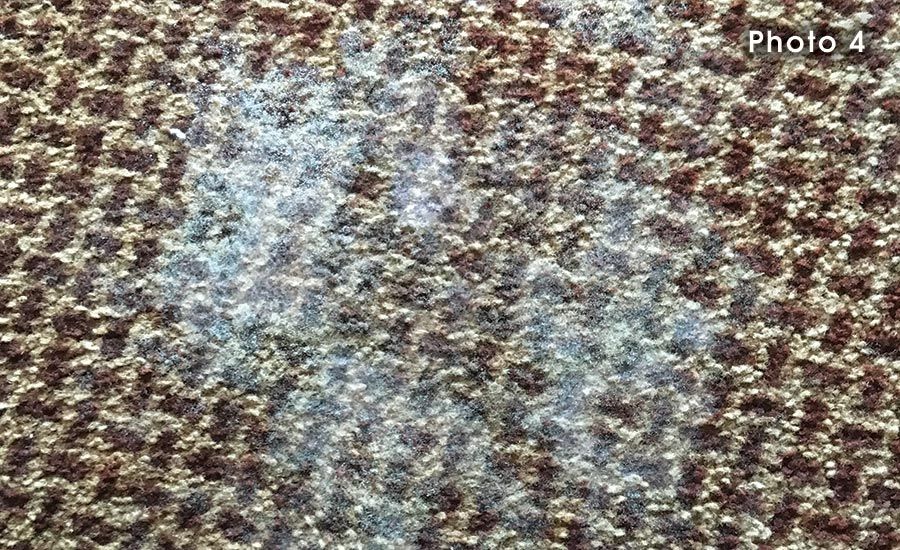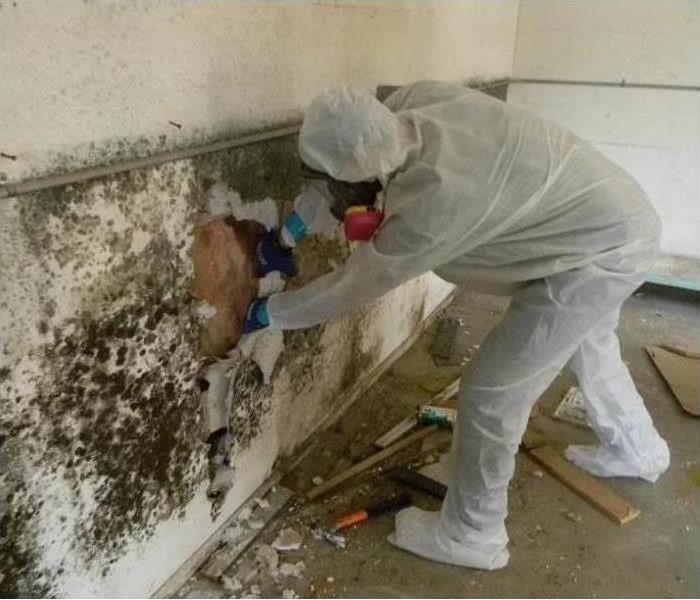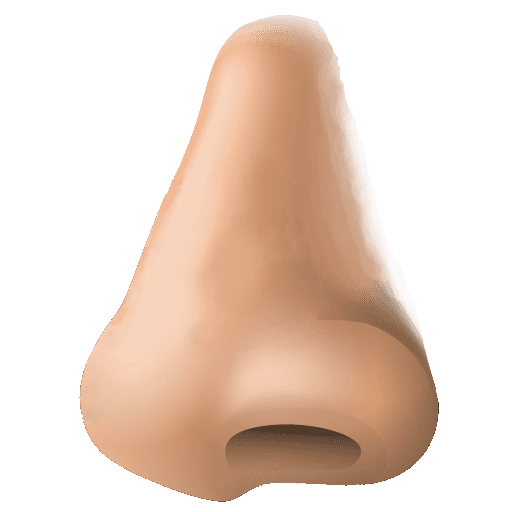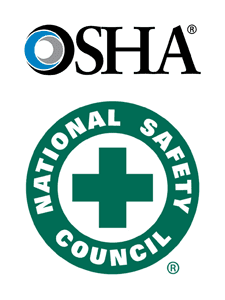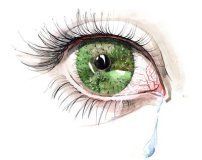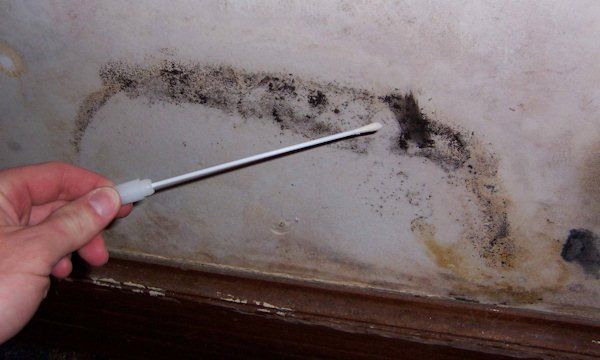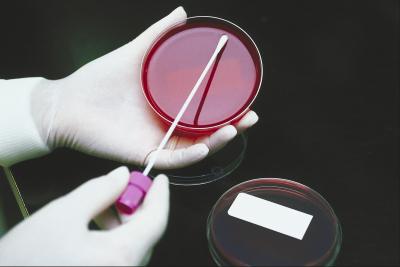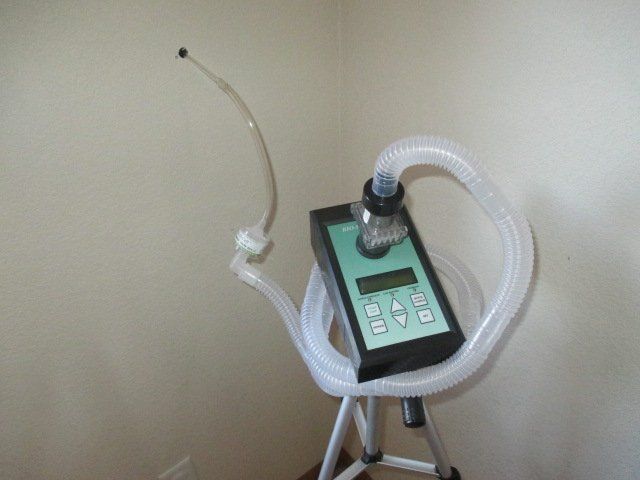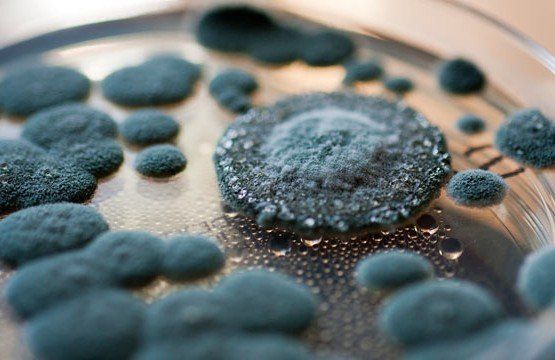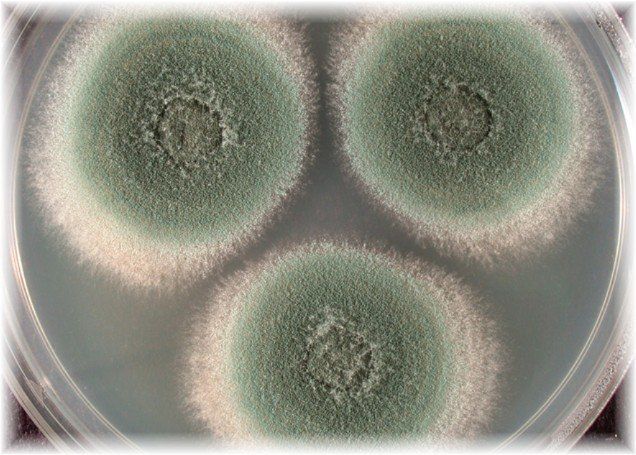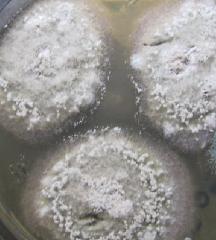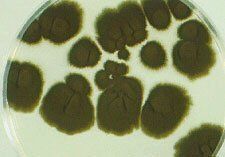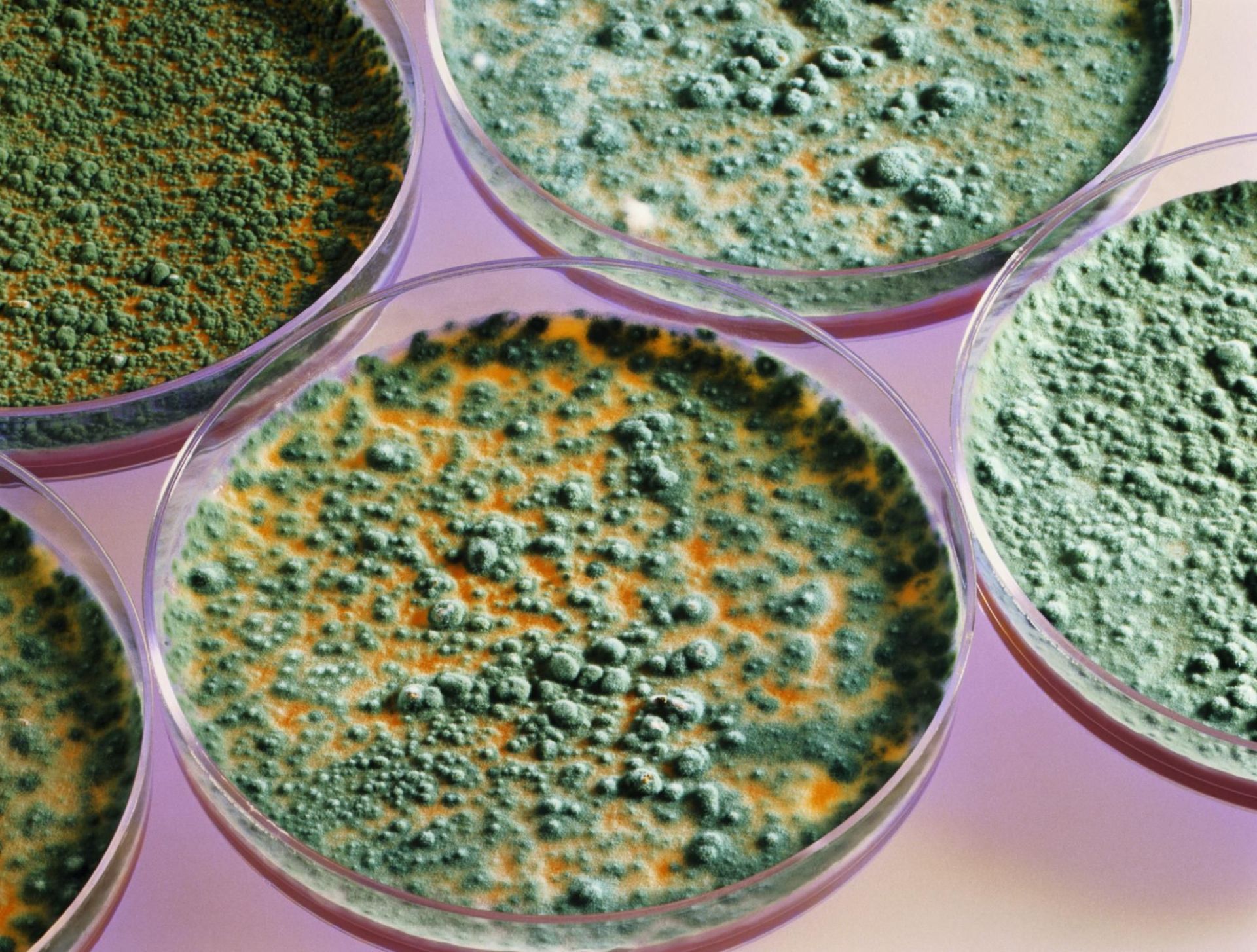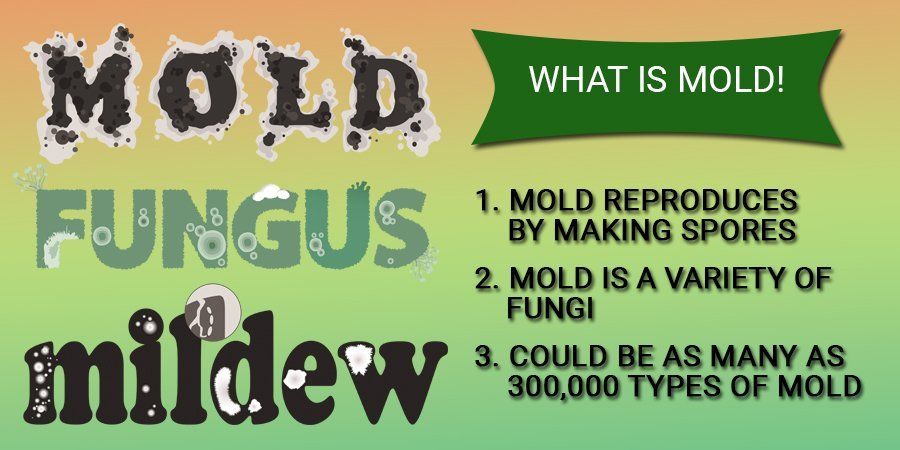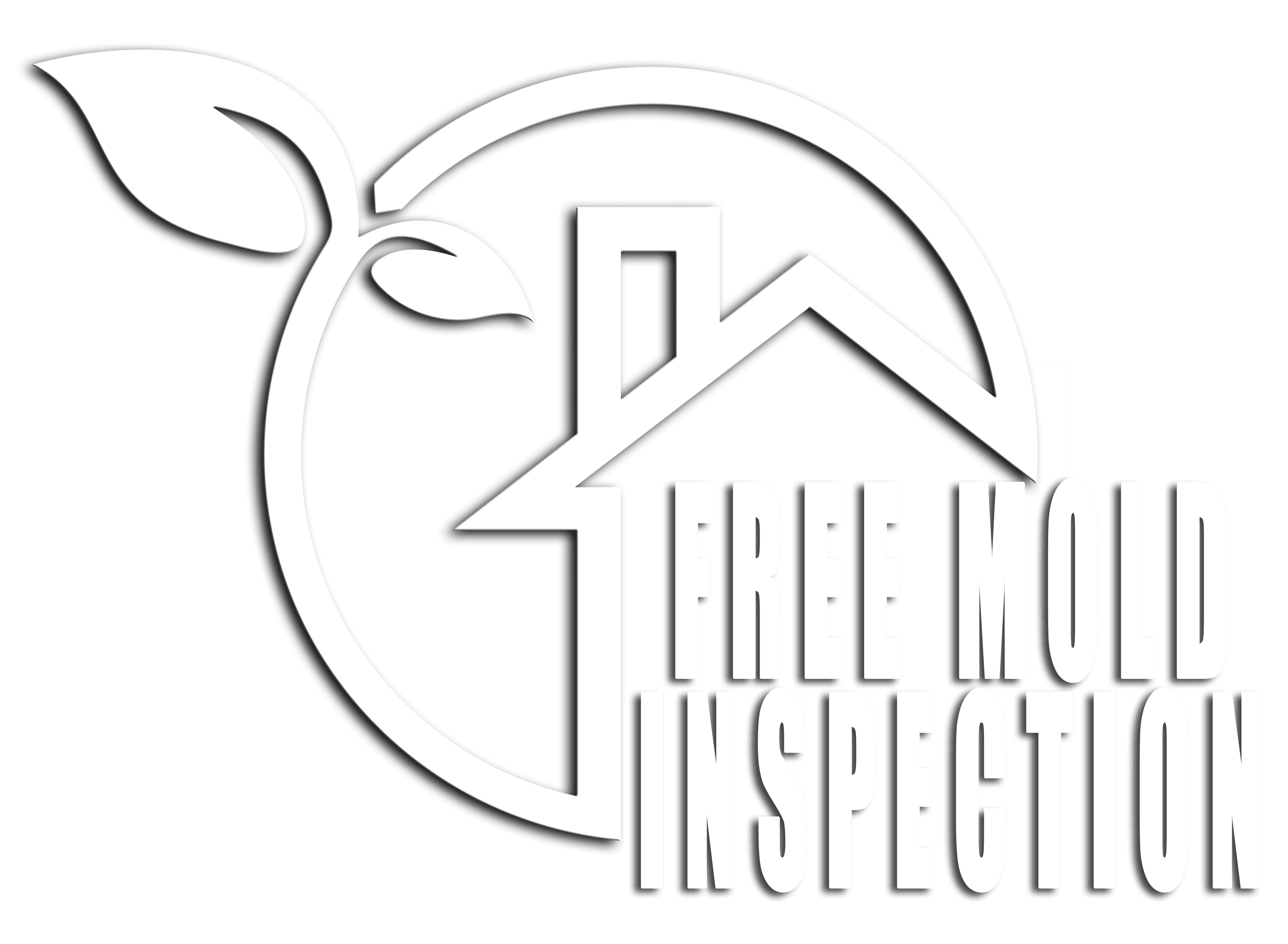Free Quote By a Mold Removal Specialist!
FREE MOLD INSPECTIONS - FORT MYERS
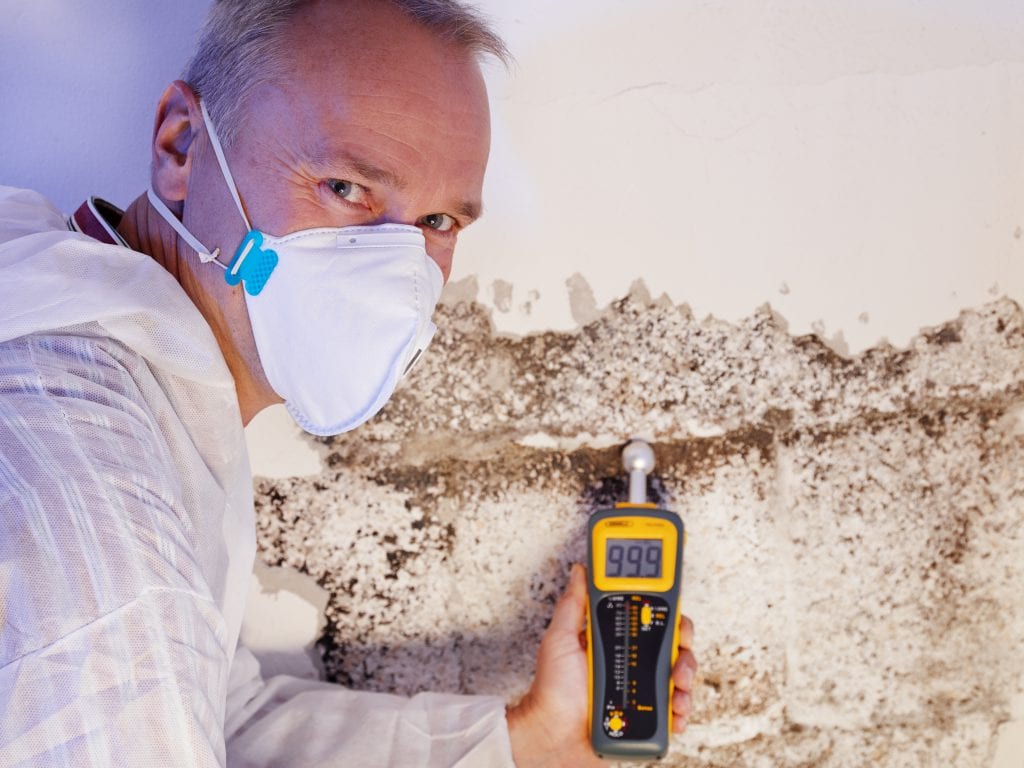
We are the best for Free Mold Inspection
🦠 Certified to work with ALL major insurance companies
🦠 Licensed, Bonded, Certified and Insured
🦠 State of the Art Equipment
🦠 Always speak to a live person
🦠 Owner Operated – Personal Service
🦠 Available 24 hours a day, 7 days a week
🦠
ICRC Certified Firm

239-420-7399
GET A FREE MOLD INSPECTION NOW
We're dedicated to your family's well-being. That's why we offer a FREE mold inspection service. Our expert team will swiftly identify any mold issues, ensuring your home remains a safe and healthy environment. Contact us today to schedule your complimentary inspection and enjoy peace of mind, on us.
Our
FREE Mold Inspection
not only detects mold but also provides certified lab testing. This proof is essential for insurance claims or landlord agreements, ensuring the prompt removal of any dangerous mold in your home.
For elevated mold levels in your home or business, entrusting our professional team ensures proper handling of the issue. Indoor mold growth poses health risks and requires expert management. Inquire about assistance with filing a claim with your homeowners' insurance or explore our cash discounts.
239-420-7399
GET A FREE MOLD INSPECTION NOW
Mold is commonly found in these areas:
ATTIC MOLD
Mold in an attic can develop due to moisture accumulation and poor ventilation, posing potential health risks and structural damage to the building.
BASEMENT MOLD
Mold in a basement can thrive in damp conditions, potentially causing respiratory issues and structural deterioration if left untreated.
BATHROOM MOLD
Mold in a bathroom often grows in areas with high humidity, such as around showers and sinks, presenting health concerns and requiring regular maintenance to prevent growth.
CARPET MOLD
Mold in carpets can develop from moisture retention, leading to potential health hazards and the need for thorough cleaning or replacement to ensure a safe environment.
MOLD ON THE WALLS
Mold on your walls can spread throughout the home causing extensive damage and health problems.
MOLD ON WOOD
Mold on wood surfaces can indicate moisture issues, potentially compromising the structural integrity of the material and necessitating proper remediation to prevent further damage.
Regularly inspecting your home for mold growth is crucial, particularly if you detect a musty odor. Mold often appears in shades of gray, black, or white, resembling dusty blotches or thick velvet patches. If you observe white or gray spots on your drywall, it may signal a more extensive mold issue within your framing or studs.
MOLD INSPECTION - FORT MYERS
MOLD INSPECTION
Think You Have Mold?
239-420-7399
GET A FREE MOLD INSPECTION NOW
Mold Inspections, Mold Testing & Mold Removal Services
Ensure your family's health by addressing hidden mold in your home promptly. As one of the nation's leading mold inspection services, we prioritize identifying the source of mold growth for effective treatment. Our comprehensive approach includes air and surface sample collection to pinpoint mold presence and its origin. Don't miss out on our complimentary Mold Inspections—protect your loved ones today.
Contact Free Mold Inspections Today!
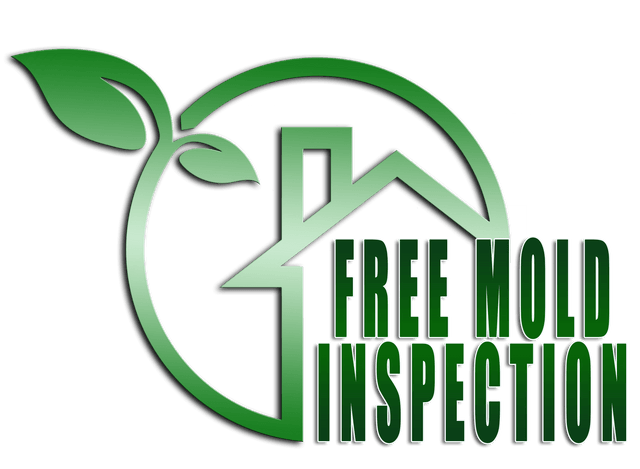
MOLD TESTING - FORT MYERS
MOLD TESTING
Different types of Mold Tests-
MOLD Types
MOLD REMEDIATION - FORT MYERS
MOLD REMEDIATION
GET HELP NOW!
If mold has invaded your property, contact us at once. Our mold remediation team has the tools and experience to assess your mold problem and recommend an effective solution for eliminating it.
What is the difference between Mold Abatement, Mold Mitigation, Mold Remediation and Mold Removal?
The terms mold abatement, mold mitigation, mold remediation, and mold removal are frequently used interchangeably, all referring to the process of addressing and treating mold issues. While these terms may be used interchangeably, the main difference lies in the specific methods employed to tackle mold. Molds are inherent in our environment and cannot be entirely eradicated. As mold spores exist in both indoor and outdoor environments, complete elimination is technically impossible. However, it is feasible to manage and control mold growth effectively.
Mold Abatement
Abatement refers to the reduction or elimination of something, so Mold Abatement involves putting an end to or removing mold from your home or business premises.
Mold Remediation
The term "Remediation" refers to the action of correcting or addressing something, particularly in terms of reversing or halting environmental damage.
Mold Removal
Removal entails the act of eliminating or abolishing something undesirable. In essence, we are removing the mold, which constitutes remediation of the mold situation, effectively bringing it to an end, or abatement.
239-420-7399
GET A FREE MOLD INSPECTION NOW

We the Best for Mold Inspection!
- Free Mold Inspections For Home Owners
- IICRC Certified
- Great Reviews Online
- Free Thermal Camera Inspection To Find The Source Or Cause Of Mold
- Certified Mold Testing Available
- 25 + Years Experience
239-420-7399
GET A FREE MOLD INSPECTION NOW
FAQ'S about MOLD
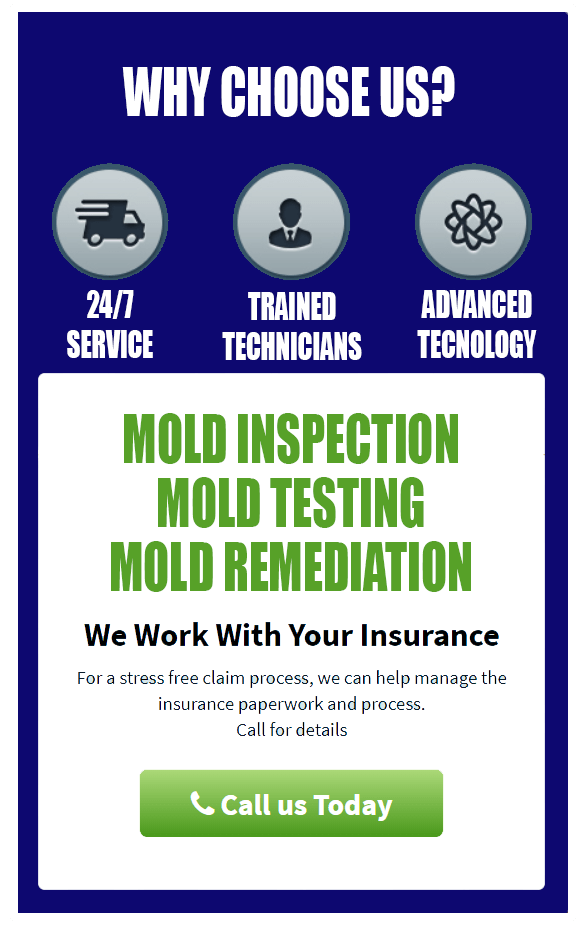
239-420-7399
GET A FREE MOLD INSPECTION NOW

Contact Us
These are just some of the insurance companies we work with!

Don't Delay! Mold growth could cause serious health issues!
